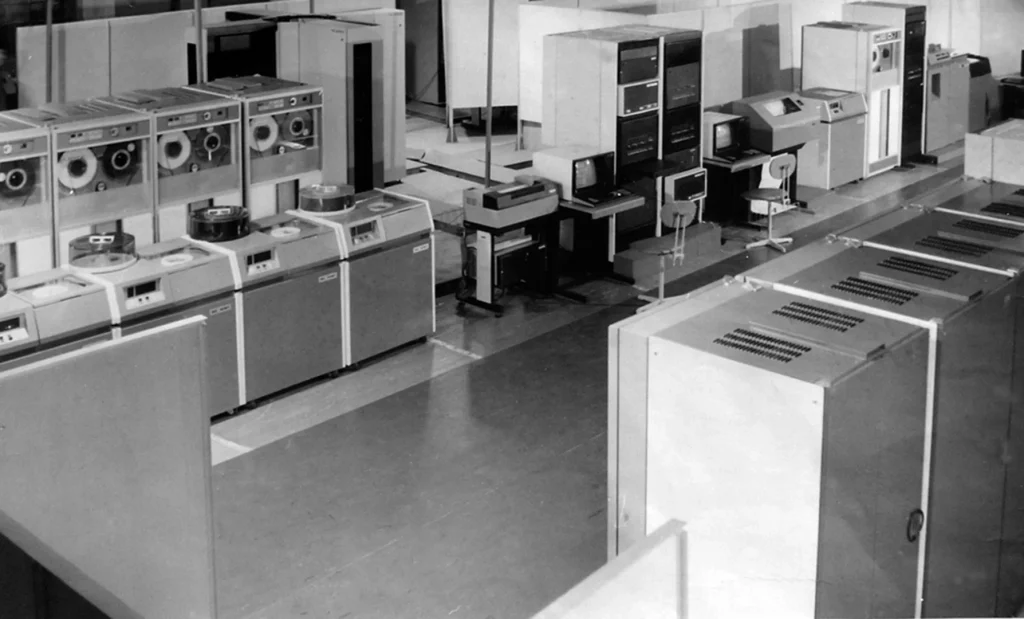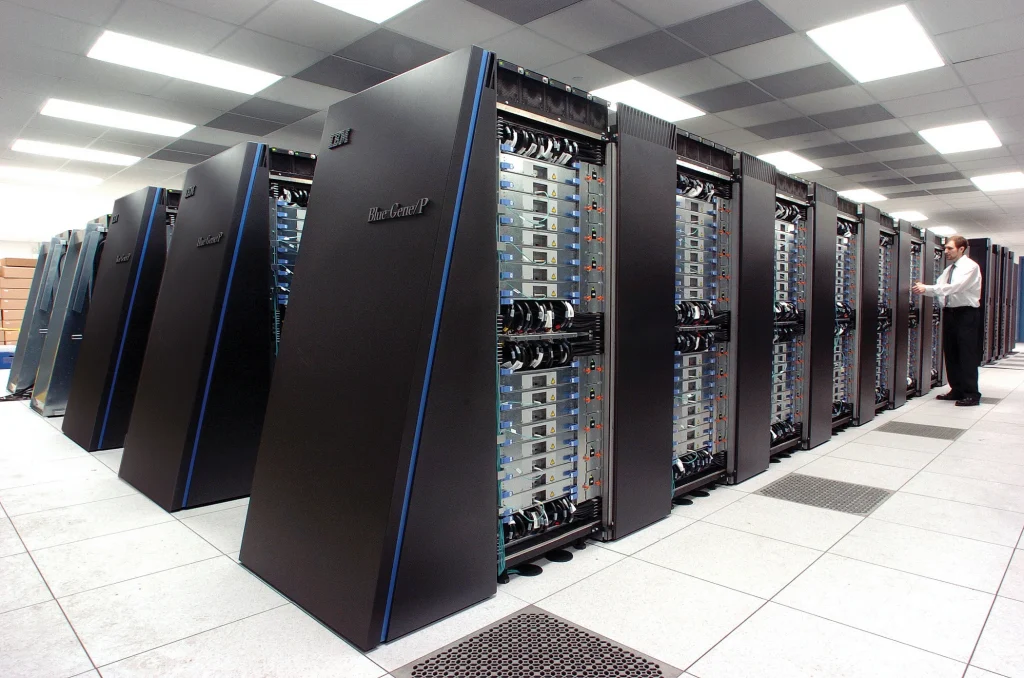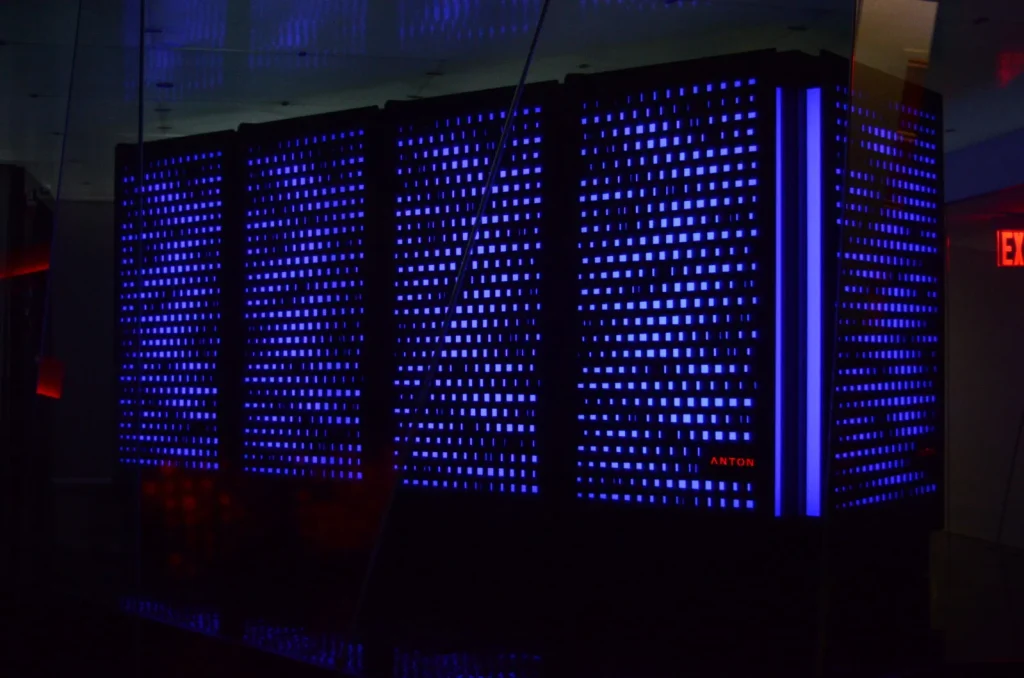How room-sized supercomputers paved the way for laptops, smartphones and today’s AI chatbots
Published on Nov 25, 2025 at 1:55 PM (UTC+4)
by Daisy Edwards
Last updated on Nov 24, 2025 at 4:56 PM (UTC+4)
Edited by
Mason Jones
Today’s laptops, smartphones, and AI chatbots wouldn’t be where they are today without supercomputers so big that they needed their own rooms.
These early giants ran on punch cards and old-school vacuum tubes, and enough wiring to fill up a whole warehouse.
These humongous machines are incredibly slow by today’s standards, but were completely groundbreaking at the time.
Let’s take a look at how they created the blueprint for every device we use now.
EXPLORE SBX CARS – Supercar auctions starting soon powered by Supercar Blondie
No ChatGPT without room-sized supercomputers
The first programmable machines of the 1940s and 1950s were enormous systems held together by thousands of tubes, switches, and cables.
The supercomputers often overheated and needed constant maintenance, but they proved that a computer could store instructions and process them automatically.

But these hulking great room-sized machines proved something important: computers worked.
Engineers worked on making all the parts smaller and using less power.
Vacuum tubes became transistors, which became integrated circuits.
What started as machines filling entire rooms quickly became little pieces of equipment that could fit on a desk, also making a government-only tool into a thing that any average person could use.

Making it mini for laptops, smartphones and AI chatbots
While there are still a lot of massive supercomputers, miniaturization opened the door to personal computers, then laptops, and eventually smartphones powerful enough to handle tasks once done only on lab machines.
The same core principles used by the earliest supercomputers remained, but now they simply ran faster and much more efficiently, without heating up quite so much.

Today’s AI chatbots operate on processors that can perform billions of operations per second, but the logic behind them was born in those giant 1950s-era supercomputers.
The journey from room-sized hardware to a tiny device you can fit in your pocket shows just how far computing has come, and the world’s our oyster when it comes to how far it can truly go.
DISCOVER SBX CARS: The global premium car auction platform powered by Supercar Blondie
Daisy Edwards is a Content Writer at supercarblondie.com. Daisy has more than five years’ experience as a qualified journalist, having graduated with a History and Journalism degree from Goldsmiths, University of London and a dissertation in vintage electric vehicles. Daisy specializes in writing about cars, EVs, tech and luxury lifestyle. When she's not writing, she's at a country music concert or working on one of her many unfinished craft projects.




